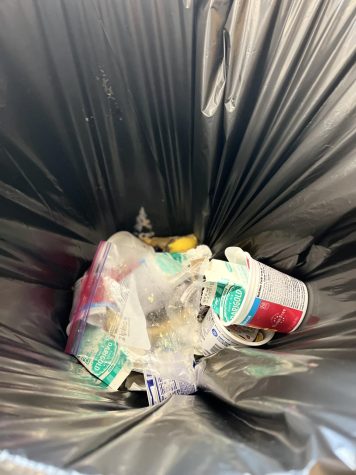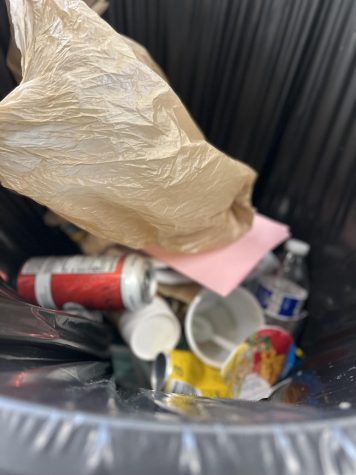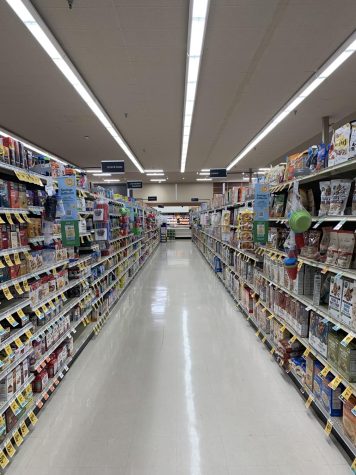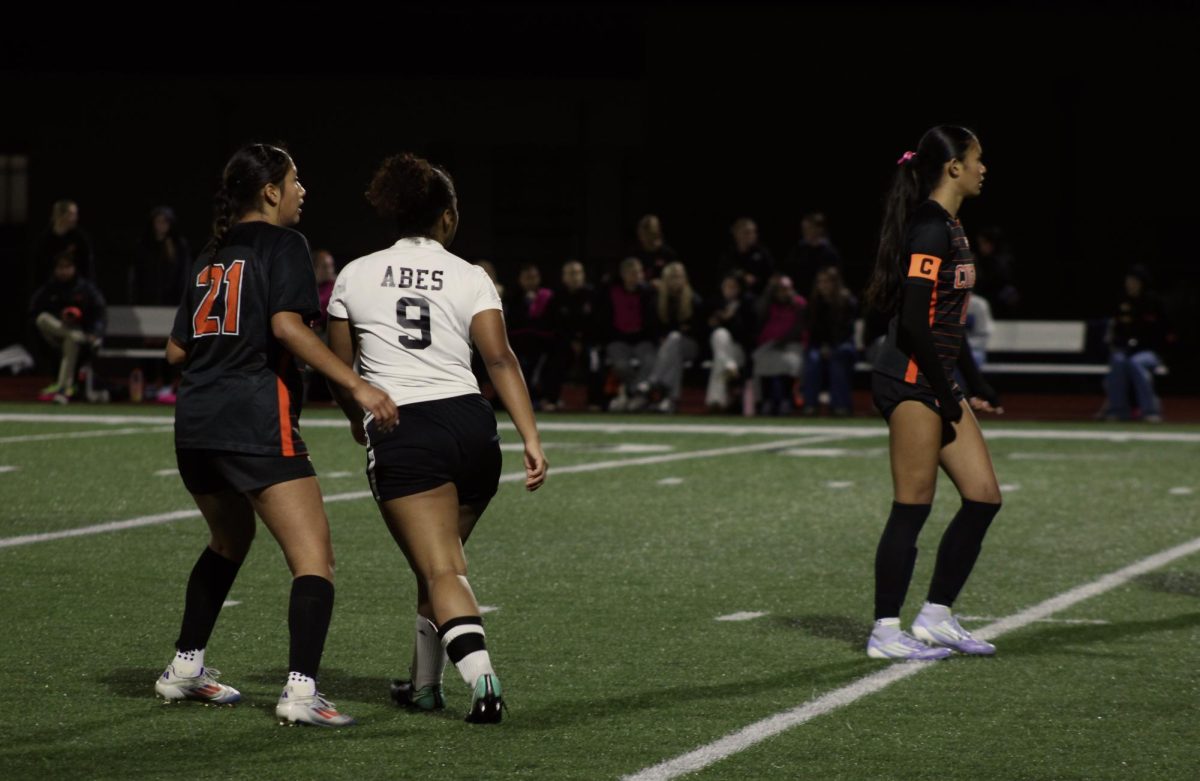The Effects of Food Waste in Kitsap County, is There Anything We Can Do About It?
How do different places in our community contribute to food waste and what can we do to fix it?
Safeway donates to the Central Kitsap Food Bank
The sound of fruit clunking in the trash can may not seem like much, but it affects more than you think. When one student throws away their food 1,528 students follow right behind them, accumulating mass food waste in our school
“Well being forced to have to take the fruit,” said Candias Lewis, a nutrition assistant at Central Kitsap High School. “I mean, it’s, you know, total rebellion. it’s that you get kids that’ll take it and just slam it in there [the trash], like you can gently put it in you know.”
Every single year in the United States alone 108 billion pounds of food is wasted. Kitsap County is no exception to this contribution. Central Kitsap High School contributes along with local restaurants. While they are aware of this issue, with local regulations at the moment, there is not a lot that can be done.
“ I wish we could keep it [the fruit] and you know, like, rewash it, reuse it, but unless the health department changes, you know [we can’t do that],” Lewis said.

For the 2021-2022 school year, school provided lunches are free to all students. With the free lunch comes the requirement to take a fruit. Due to this, Central Kitsap High School has seen a change in the amount of food waste since the school year began.
“I don’t think they should [have to take fruit],” Lewis said. “But in order for it to be free meals, we don’t have a choice. It comes down to, do you want free meals? They have to have this and this.”
All students are required to take a fruit with their provided lunch however most students just throw it away leaving piles of uneaten fruit and other foods filling the trash cans around the school.
“You’d have to take one of them, you know, to make it a meal,” said Lewis. “But right now, we don’t have that choice. I see a lot of it just being thrown away or left on the table.”
It’s not only the food service workers that take great notice of students throwing away their lunch without eating it but the students do as well.
“I see a lot of kids throwing food around for fun, and then throwing it away,” said Isabel Redd, a junior at Central Kitsap High School.
The high school is not the only contributor to food waste in the county but local restaurants also struggle with how to deal with food waste as well everyday.
“There’s statistics that show out there that a large portion of even leftovers don’t get eaten,” said John Nesby, the owner of the local restaurant Big Apple Diner. “So consumer waste is a big deal.”

“And then if you figure into consumer waste goes things like plastic and styrofoam and paper to-go containers that then end up in landfills you’re looking at an entirely intrinsic train of waste.”
Local restaurants get hit hard with food waste because unlike large chain restaurants the more food that is wasted everyday is a hit to their profits.
“From somebody that owns a restaurant, I’ve been doing this a long time… And I can pretty much tell you that, you know, every restaurant tries to combat waste because obviously waste is lost profits but at the same time it’s kind of unavoidable,” said Nesby.
Though there are ways restaurants who combat this problem to make less waste, that’s not all the waste. There are still portions of leftover food that will end up in the garbage and in landfills.
“But then of course, there’s consumer waste as well too,” Nesby said. “Consumer waste for food in a restaurant would be somebody who comes in and they have a big appetite. So they order a bunch of stuff. They take a few bites of everything that they’ve ordered, but they can’t finish it all. So where does that go? We can’t do anything with it. So it just goes into the garbage.”
Throwing away the food doesn’t just waste it for people who need it, but it also affects our environment. The amount of food waste has added up over the years, which is not only affecting the air but pollution itself.
“Food waste contributes to pollution which affects the air and I feel like when I first moved here, the air in Washington used to be a lot cleaner than it is now,” said senior Aaliyah Chandler.
Food that is thrown away for the most part ends up in landfills. In these landfills it creates methane, “a greenhouse gas that is up to 86 times more powerful than carbon dioxide.”

Around the world more than 822 million people are suffering from lack of nourishment. Among those, 9 million die a year. There are things we can do about this matter instead of choosing to do nothing.
So, what are the options to help combat this excessive food waste?
For Central Kitsap High School specifically, a school compost bin could be a good option.
“And if you do all that [compost], then there’s zero food waste, because even the composted stuff gets used to make new food, so it’s like a circle, a nature circle thing,” said Bill Wilson the environmental teacher at Central Kitsap High School.
Students are also on board with this idea to lessen the food waste our school contributes.
“We should have kids only take what they’re actually going to eat and maybe have a compost bin,” said Redd
Other things that individual people can do from their homes to lessen the food waste in our community is donate their unwanted and unused food to the local food bank. The Central Kitsap Food Bank accepts donations of all kinds of foods including fresh fruits and vegetables.
“There are certain things that we throw away that could be eaten by somebody else. So I think the biggest thing we could do is take things and give them to the food bank,” said Wilson.
Having an at home compost bin and recycling bin is another great option. This can create healthy soil that could potentially be home to a garden to grow fruits and vegetables that don’t have to be bought from the store.
If the community works together to fight the issue of food waste it is entirely possible to lessen the environmental concerns of the future. It is just a matter of going out there and doing something instead of standing back and watching.



